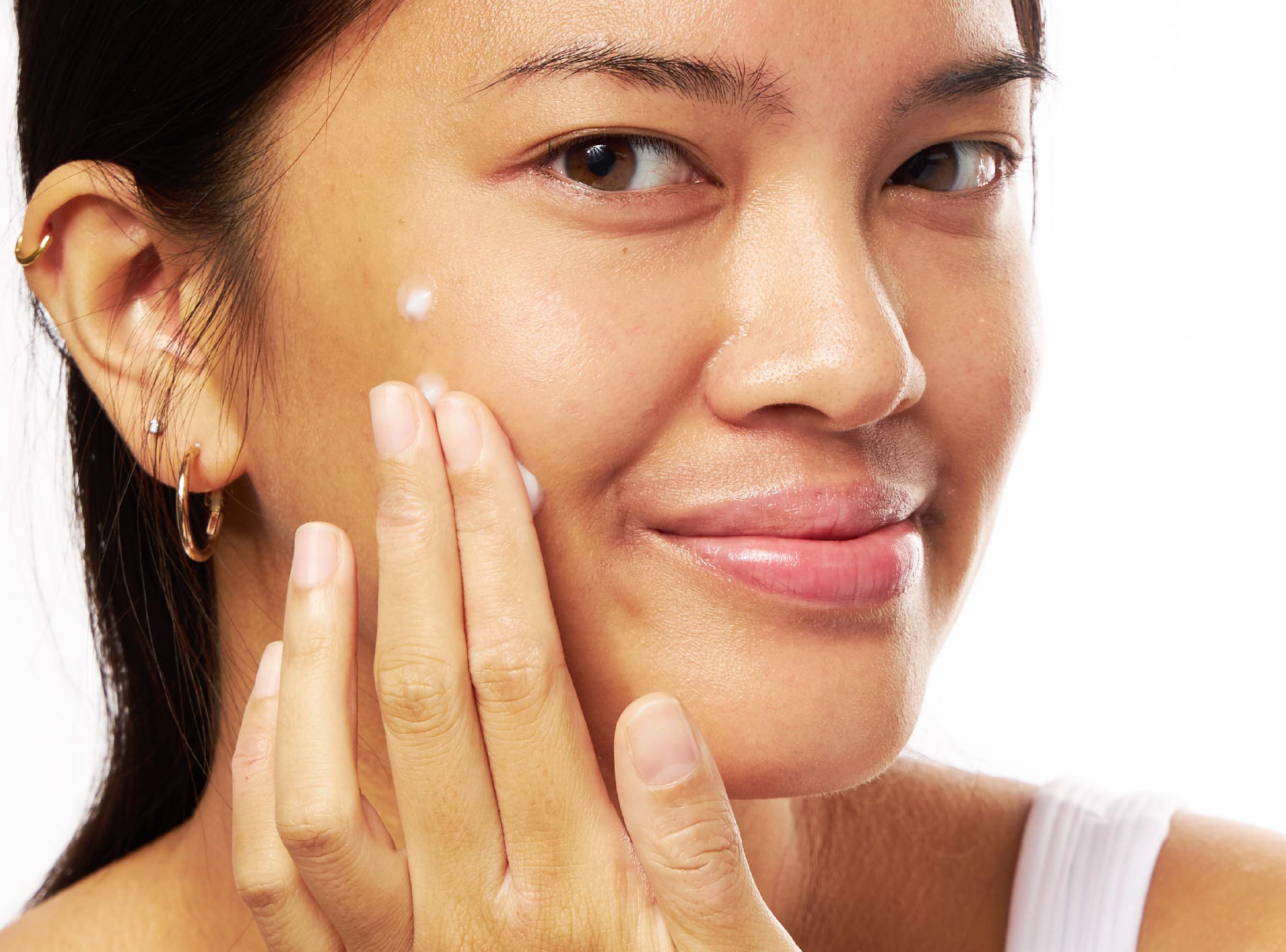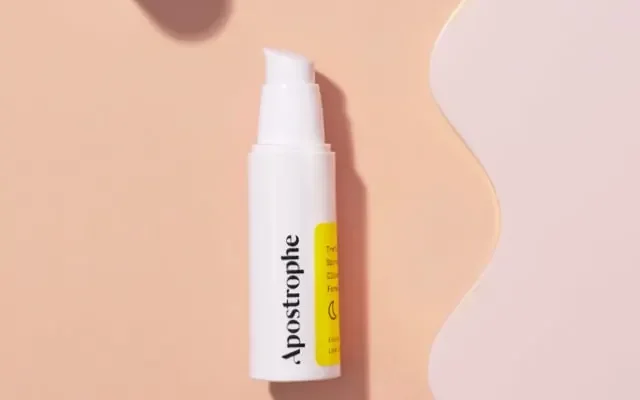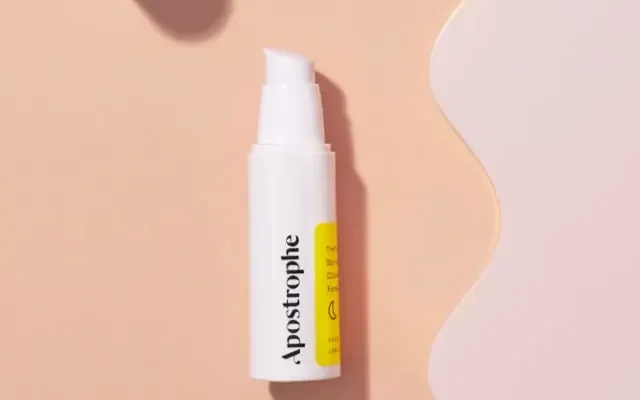We all know spironolactone as an oral medication best known for its hormonal acne fighting prowess. But did you know you can also use spironolactone in thetopicalform? Apostrophe is now the first company to offer this amazing hormonal acne treatment in a custom topical medication that’s combined with other science-backed ingredients like tretinoin, clindamycin, and tranexamic acid.
What is Spironolactone?
We asked Dr. Aimee Paik, board-certified dermatologist: “Androgens (a class of hormone) plays a major role in all types of acne in both men and women. Dermatologists often treat hormonal acne in women with oral contraceptive pills or spironolactone which counter the effects of androgens. Due to systemic side effects, men are not eligible for treatment with these oral medications.”
Topical vs. Oral Spironolactone
Science-backed topical + oral acne treatments from the experts.
Can you mix topical spironolactone with other acne medications?
Another yes! Topical spironolactone is best combined with other powerful treatments to yield the best results. We have two main formulas that contain topical spironolactone:
Formula #1: All your acne fighting favorites in one step
-
5% topical spironolactone
-
0.018-0.1% Tretinoin (your doctor will choose the best percentage for you)
-
1% clindamycin
Formula #2: For acne and hyperpigmentation
-
5% topical spironolactone
-
0.018-0.1% Tretinoin (your doctor will choose the best percentage for you)
-
5% tranexamic acid
Side effects of topical spironolactone:
Oral spironolactone has side effects like increased urination, headaches, dizziness and high potassium levels in susceptible individuals. Oral spironolactone also has hormonal effects and can cause menstrual spotting, breast tenderness and can potentially cause birth defects.
Topical spironolactone is not absorbed into the blood and will not cause these systemic side effects. But that doesn’t mean there are no side effects! The most common are redness, peeling, and skin sensitivity, so it’s best to ease into treatment. Your skin will adjust to the medication over time.

Prescription acne treatment plans personalized to your unique skin.
Are there studies that back up this treatment?
We’re glad you asked! Here’s an overview of the most important ones:
Finding #1: Topical 5% spironolactone gel decreased oil production at 12 weeks without any local side effects.
Finding #2: Topical spironolactone reduced acne lesion counts.
Finding #3: Topical spironolactone seems to be effective without systemic side effects. Local side effects were few and mild.
Finding #4: Topical spironolactone only appears to have local skin effects even in males who applied topical spiro to 55% of their body area.
Finding #5: Topical spiro competes with the binding of DHT at DHT receptors in sebaceous gland and acts as an antiandrogen. When applied to large areas, no side effects were seen.
Finding #6: Topical spironolactone was effective for treating acne after one month in this small study (95% experienced improvement).




